Many people experience skin barrier damage, but with dedication and research, healing and maintaining your skin barrier isn't too challenging. However, neglecting skin barrier damage over time can lead to more severe consequences.
In this blog, we'll explore the differences between short-term and long-term skin barrier damage, their effects on overall skin health, and how to remedy them.
What is Skin Barrier Damage?
Your skin barrier is your body's first line of defense, helping retain moisture and protect against external irritants. Damage to this barrier can manifest as dryness, redness, itchiness, flakiness, and sensitivity. Common signs of a damaged skin barrier also include acne breakouts and eczema flare-ups.
Learn More: 4 Signs Your Skin Barrier Needs Some TLC
Short-Term Skin Barrier Damage
Symptoms
You might experience several symptoms, but they can still be reversed if you heal your skin barrier in time. Short-term skin barrier damage often appears as
|
Dryness |
Itchiness |
|
Redness |
Flakiness |
|
Acne |
Eczema Flare-Ups |
These immediate effects can be remedied more easily with proper care (Altemus et al., 2001).
Recovery
With prompt attention and a consistent skincare routine, symptoms of short-term damage can be reversed within a week to a month, depending on the severity and underlying causes (Wetzky et al., 2009).
Long-Term Skin Barrier Damage
Symptoms:
Left unchecked, damage to the skin barrier can be quite unpleasant; keep in mind that the skin is our body’s first line of defense against pretty much everything. Neglecting skin barrier damage over a long period can lead to exacerbated symptoms such as:
|
Chronic Inflammation |
Worsened Acne or Eczema |
|
Collagen Breakdown |
Premature Aging |
|
Hyperpigmentation |
Increased Risk of Infection |
Consequences
Long-term damage can result in persistent barrier dysfunction, making the skin more susceptible to environmental stressors and delaying wound healing. This can further lead to serious conditions like chronic skin infections and heightened skin sensitivity (Hendricks et al., 2019).
How To Heal The Skin Barrier
Whether you’re quick to notice signs of a damaged skin barrier, or are just now realizing this has been a problem for a while, there are most certainly things you can do to help heal your skin barrier!
- Gentle Cleansing: Start with a gentle cleanser once a day, gradually increasing to twice daily. The Rejuvaskin Facial Cleanser, enriched with Exo-P and aloe vera, protects against pollutants and soothes the skin.
- Use Sensitive Skin Products: Opt for products designed for sensitive skin to create an optimal healing environment. Rejuvaskin’s Skin Recovery Cream, formulated with hyaluronic acid and calendula, provides hydration and reduces inflammation.
- Hydration and Soothing Ingredients: Look for ingredients like aloe vera, botanicals & flower extracts, and hyaluronic acid. The Rejuvaskin Mineral Facial Sunscreen with niacinamide not only offers UV protection but also calms and soothes the skin.
- Consistency: Stick to your routine. Healing takes time, and persistence is key to seeing results.
Learn More: Why Sometimes Less Is More When It Comes To Skincare
How Long Does It Take to Repair the Skin Barrier?
Skin damage symptoms can appear quickly but might take 1-4 weeks to repair, depending on the damage severity and the causes. Consistent care and avoiding irritants are crucial for recovery.
Why Isn't My Skin Barrier Healing?
So you’ve put in the work, but your skin is still struggling. What’s the hold up? There may be a few reasons why your skin barrier isn’t fully healing:
- Hidden Irritants: Consider potential irritants like detergents, body lotions, hair products, and laundry softeners.
- Aggressive Care: Ensure gentle handling of your skin—pat dry, use lukewarm water, and avoid harsh cleansers.
- Diet and Lifestyle: Maintain a diet rich in colorful fruits, vegetables, and proteins while limiting sugar. Adequate rest and sun protection are also vital.
- Professional Help: If improvements are not seen, consult a dermatologist for personalized advice and treatment.
When in Doubt, Contact a Dermatologist
Understanding and addressing skin barrier damage promptly can prevent severe long-term effects. With the right products and a consistent routine, maintaining healthy skin is achievable. However, if you still aren’t seeing improvement after all of this, it’s time to consult a professional. Your skin deserves better, and you’ll feel so much better once this is sorted out!
References
Altemus, M., Rao, B., Dhabhar, F., Ding, W., & Granstein, R. (2001). Stress-induced changes in skin barrier function in healthy women. The Journal of Investigative Dermatology, 117(2), 309-317.
Hendricks, A., Eichenfield, L., & Shi, V. (2019). The impact of airborne pollution on atopic dermatitis: a literature review. British Journal of Dermatology.
Li, W., Wang, Z., Cao, J., Dong, Y., & Chen, Y. (2023). Melatonin improves skin barrier damage caused by sleep restriction through gut microbiota. Journal of Pineal Research, 75.
Wetzky, U., Bock, M., Wulfhorst, B., & John, S. (2009). Short- and long-term effects of single and repetitive glove occlusion on the epidermal barrier. Archives of Dermatological Research, 301, 595-602.
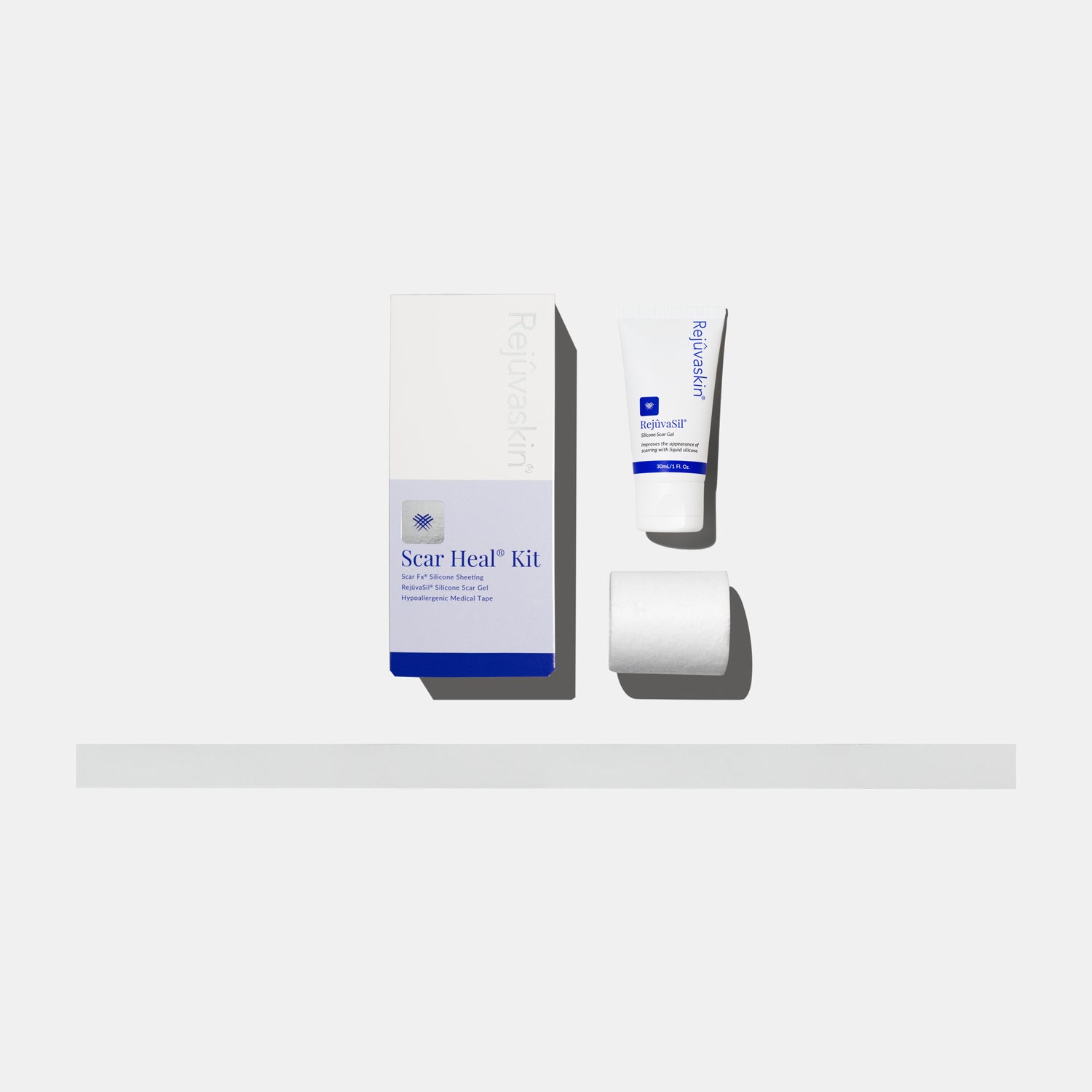


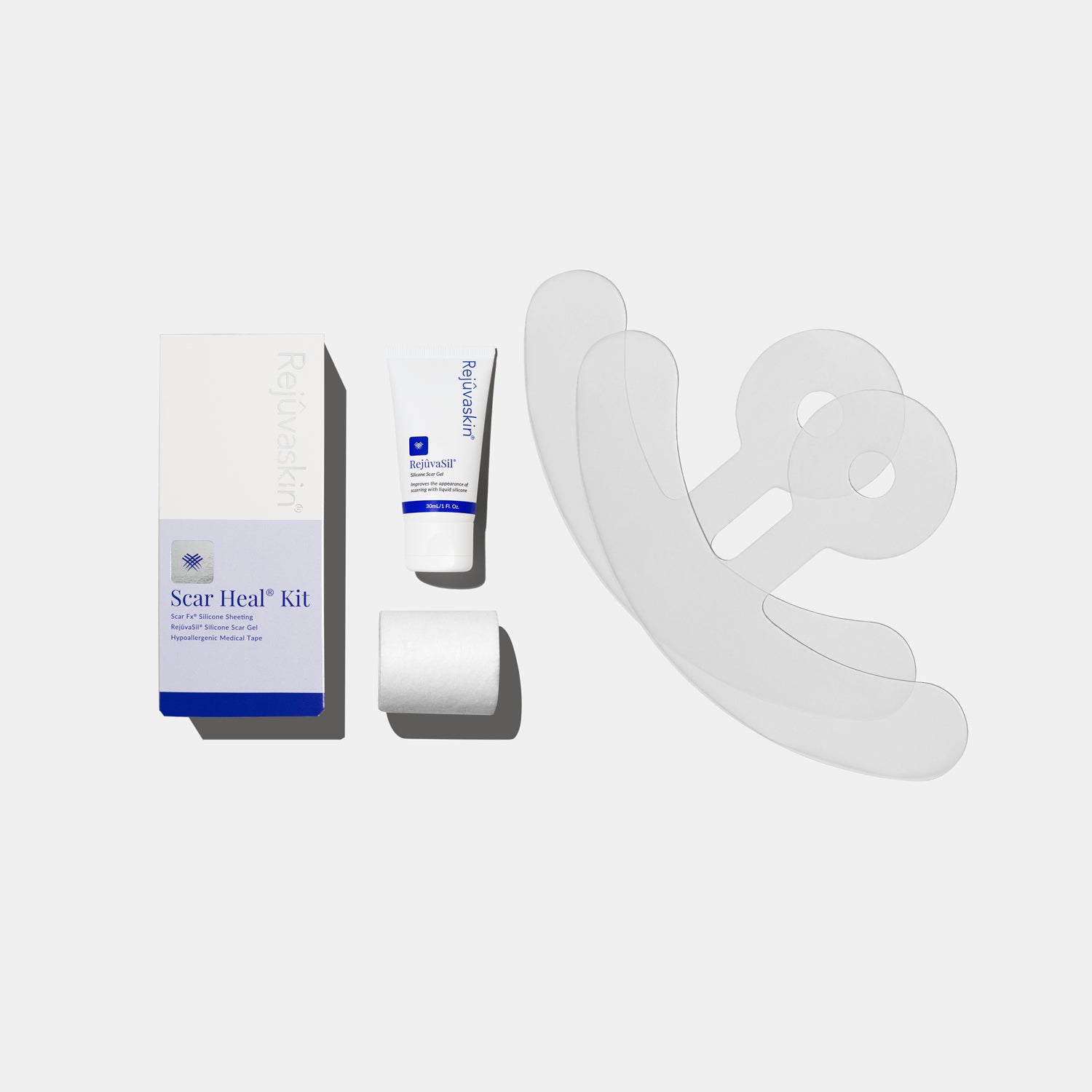
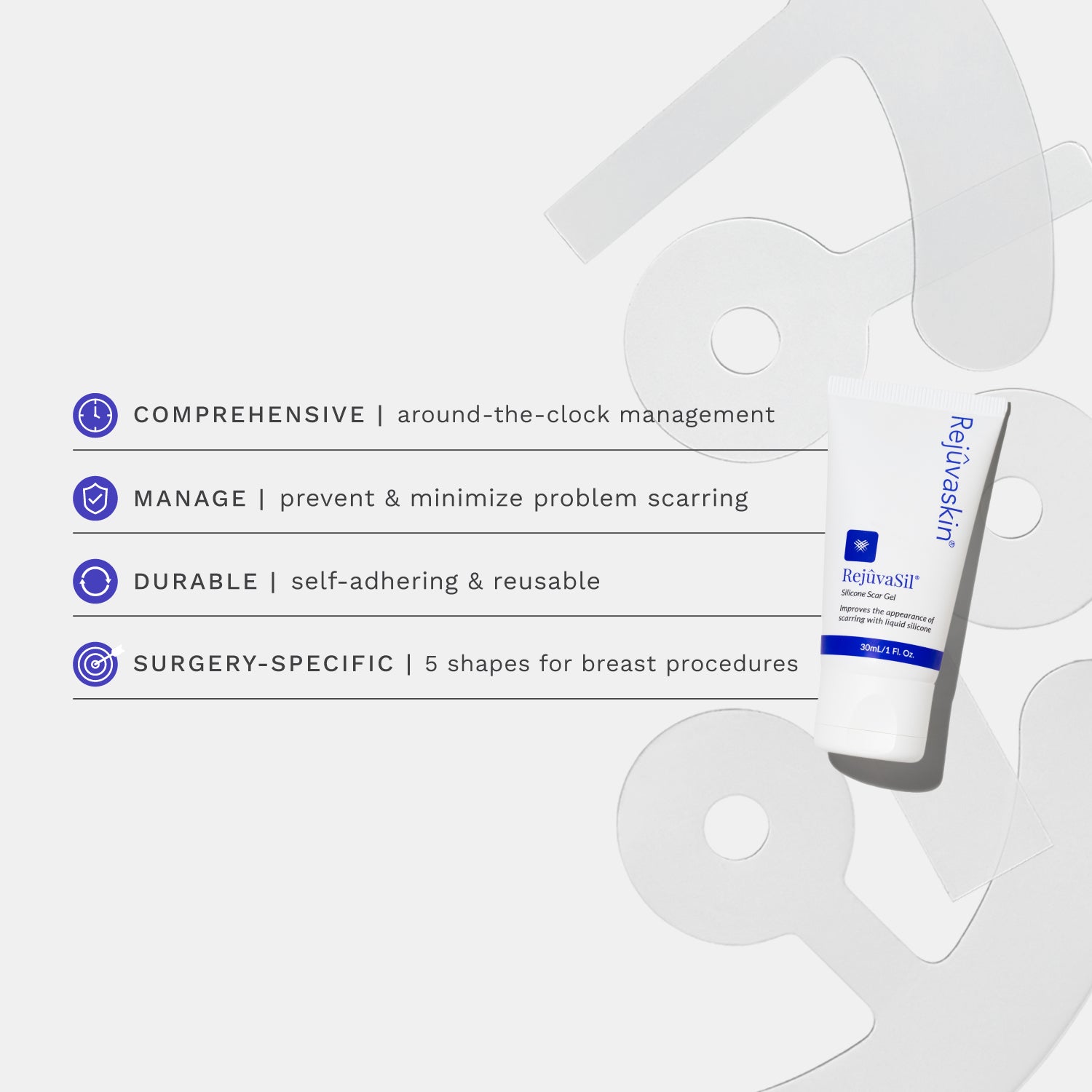
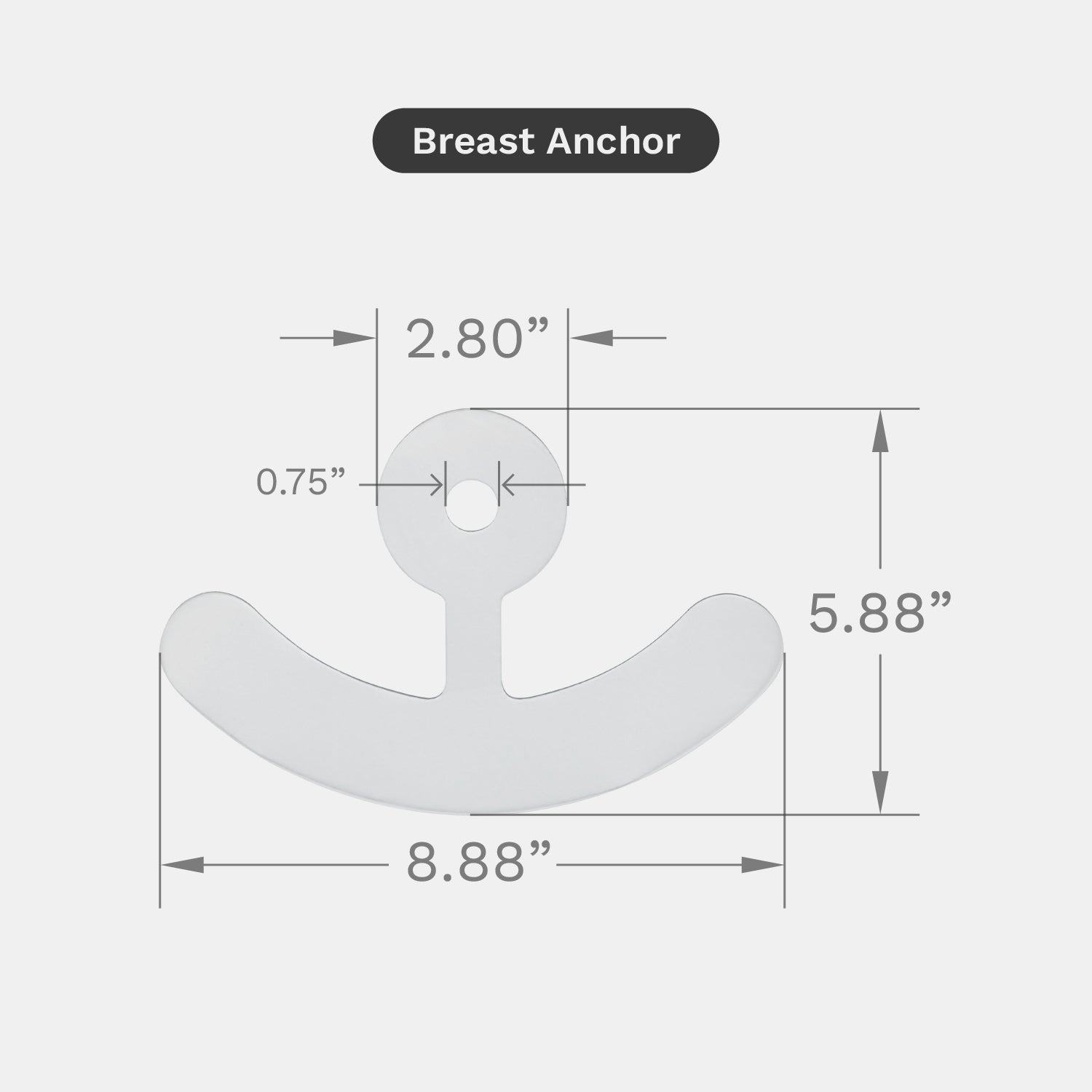
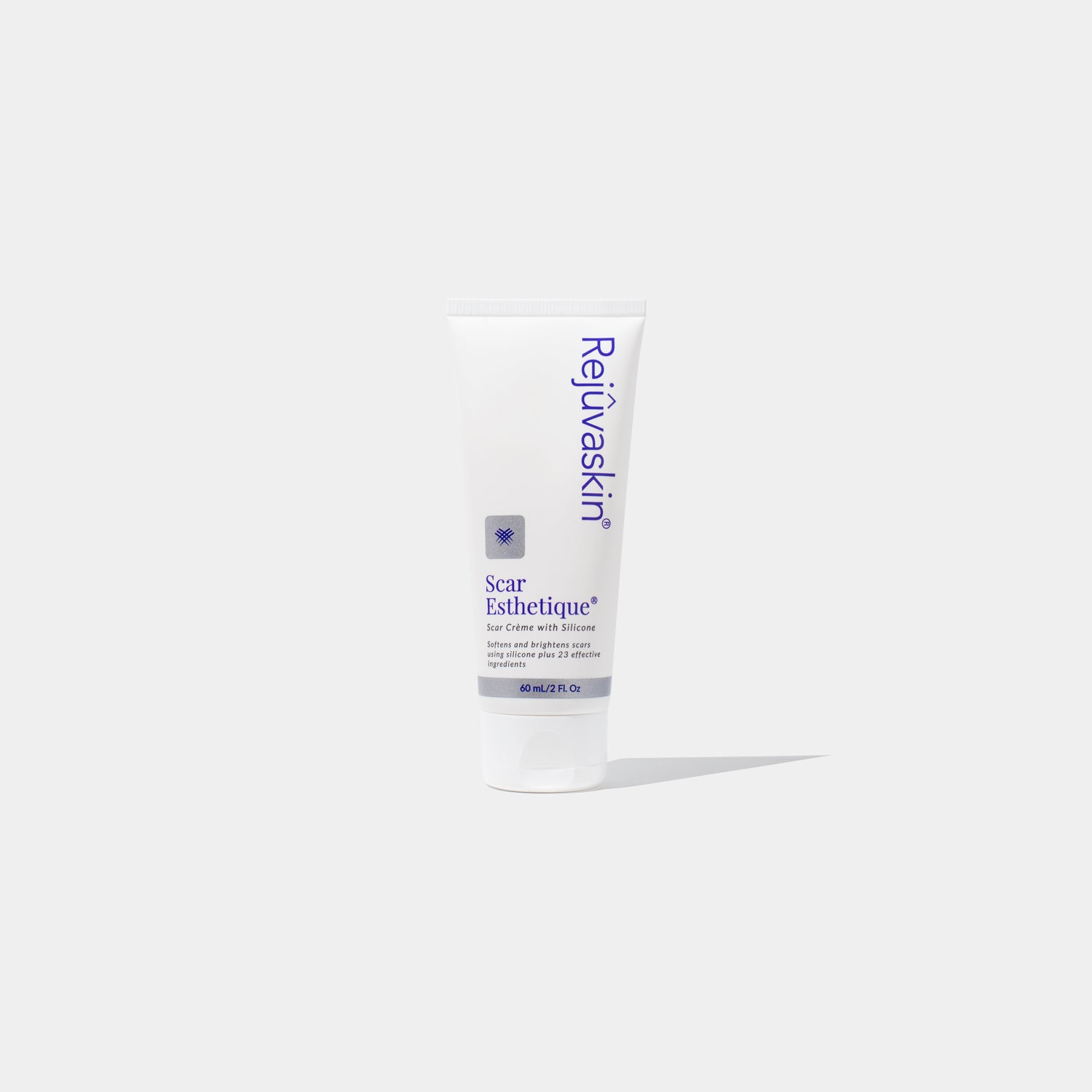
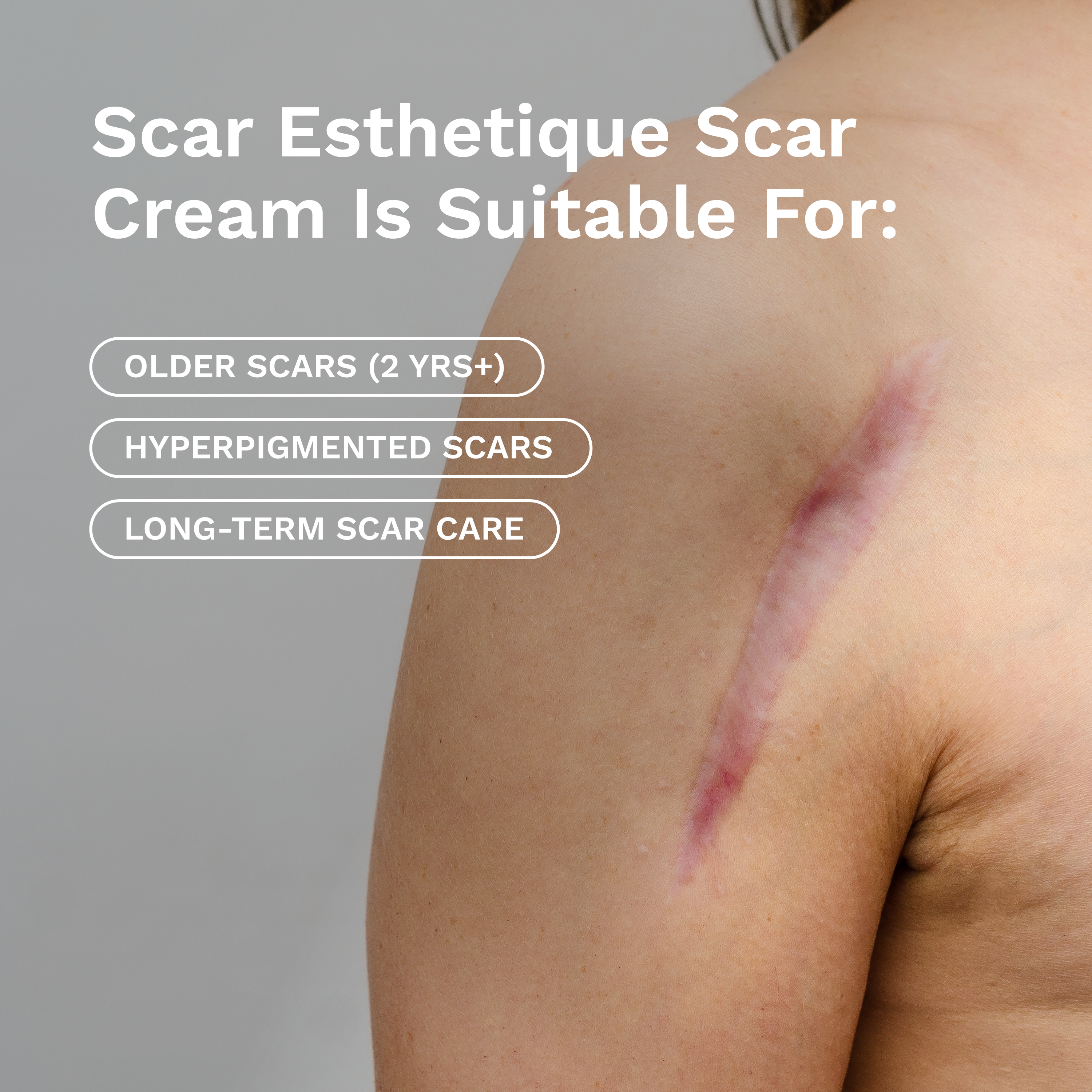








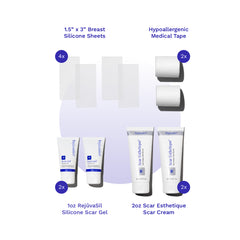
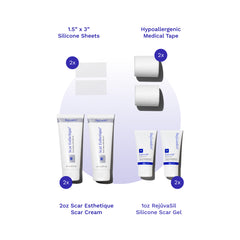

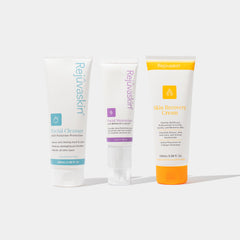
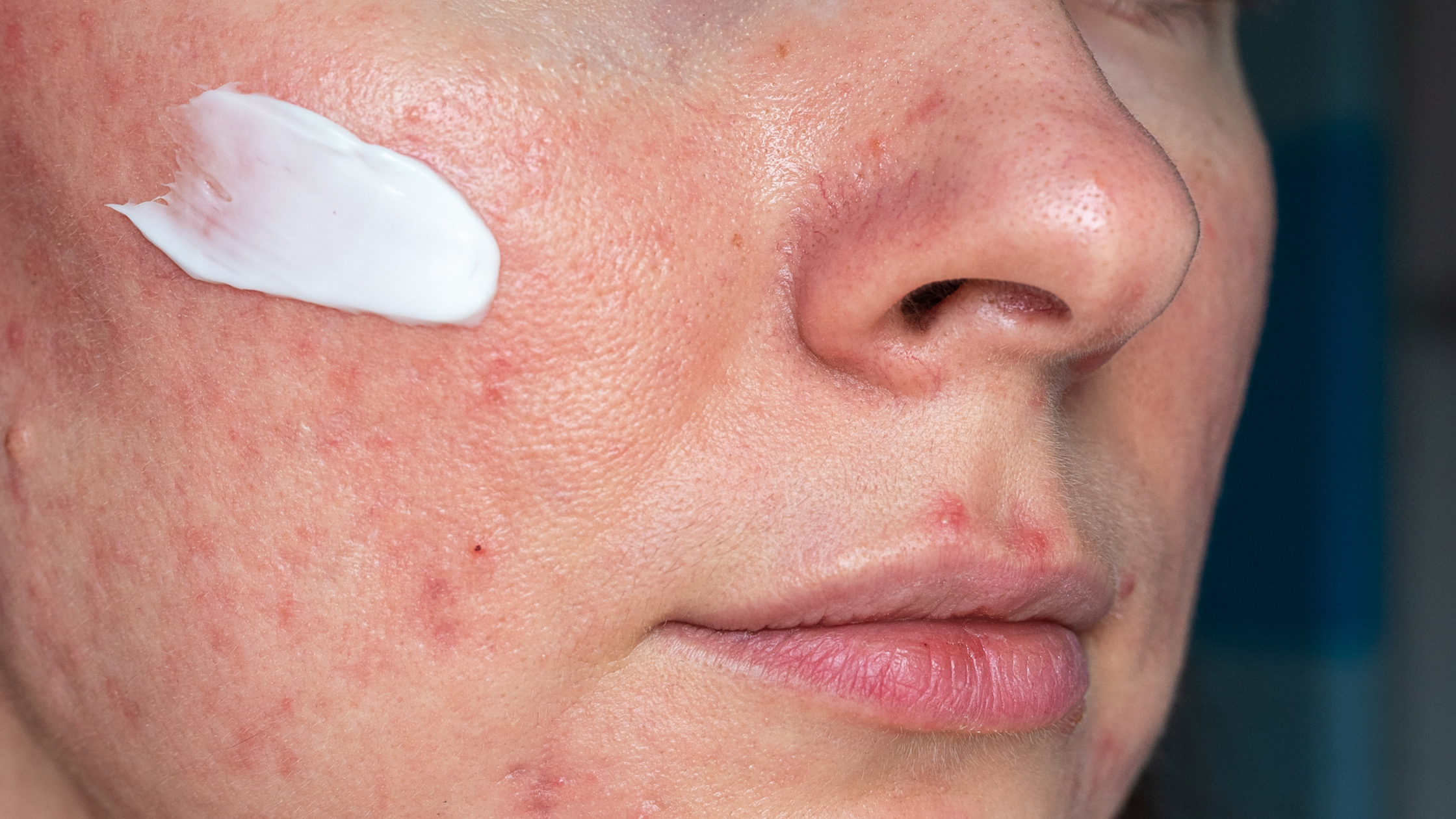
Leave a comment